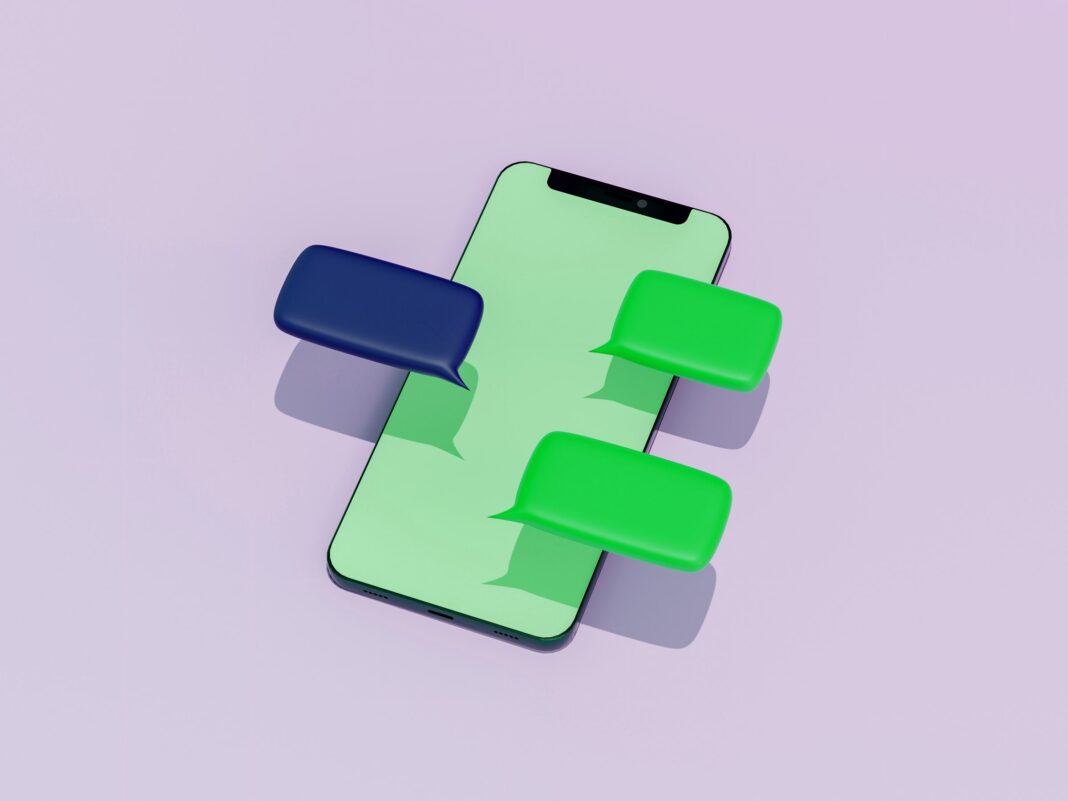Slack is worth paying for … if you’re a company. If you’re using Slack for an online community, though, you should probably just stick with the free version. That’s partly because most of Slack’s paid features aren’t really necessary if you’re just using it as a group text platform, but also because the paid options get expensive quickly.
Plans start at $7. 25 per user per month, which means a community with two dozen people will cost $174 monthly, or over $2,000 annually. That’s likely more than you want to pay for the privilege of bantering with friends (charming as they are, I’m sure).
Still, a few of those paid Slack features are pretty nice, especially having access to your archive of old messages. And it actually is possible, if you’re willing to put in a little effort, to get that and a few other extra features without paying. Here’s how: The free version of Slack only lets users scroll up to or search for messages from the past 90 days—anything older can’t be found.
Those messages aren’t gone, though—if you start paying they will all show up. And there’s another loophole. Slack allows admins to export all data , including a complete backlog of all messages.
Just head to Settings & Administration > Workspace Settings in Slack’s menu. The settings will open in your browser—there’s an Import/Export Data button in the top-right corner. Click that and you can choose a date range and export all messages.
Note that free users cannot export Direct Messages (DMs) or private channels—only public channels. The actual archives come in a ZIP file full of JSON files, which aren’t the easiest thing in the world to read. Still, it’s all there.
A free tool called Slack Export Viewer can help by converting those files and loading them in your web browser, complete with a Slack-style sidebar for browsing channels. It works—I tested it—but you’ll need to be comfortable with the command line in order to set it up. Another option is JSON Translator , which can convert your ZIP file into an easier-to-read CSV file that you can download and open using Excel or Google Sheets.
(CSV files contain data records separated by commas—hence the name. ) If you want a public archive, check out Slack Saver . You can upload the ZIP file you exported from Slack and, when the conversion is done, share a link to the complete archive with your entire community.
You’ll need to update it occasionally to include more recent posts, but it works. Just keep in mind, with web-based services, that you’re uploading a complete archive of conversations people might have thought of as semi-private. Make sure your community is OK with that before proceeding.
Slack’s Huddle feature is different from an audio call because there’s no ringing—you can just turn on the Huddle for any channel and people can show up if they want to. There’s no video, just audio and screen sharing, which makes them perfect for quick improvised conversations. But Slack’s Huddles aren’t the only tool for the job.
You could create a room in Gather , which makes virtual parties actually fun using pixel avatars that can move toward and away from each other. It’s perfect for the kind of drop-in/drop-out conversations that make Huddles so great. You can even link to a Gather room in the Topic of your Slack channels.
Or, if you prefer, you could create a recurring Zoom meeting with no fixed time, then share the link for that in the Topic of your Slack channel. Just be sure to turn off the waiting room feature so users can join even when you’re not there. This isn’t as sleek as Huddles, granted, but it works.
Slack’s free version only allows you to integrate with 10 apps, but there’s a workaround. Apps like IFTTT , which is free, and Zapier , which is significantly less free, can integrate with other apps and web services, allowing you to sneak in more apps to Slack. Both of those tools also offer features very similar to the Workflow Builder, a paid Slack feature that allows you to set up automations.
That means they can both also give you a free version of that otherwise paid-only feature. The three features above are the main ones Slack communities might be interested in, but it’s worth noting that Discord offers them all for free —unlimited archives, always-on audio channels , and no real limits on apps and automation are all standard. Upgrading is also on a per-user basis, meaning that if some community members want to pay they can, but not everyone has to.
Discord is, in many ways, better built for communities than Slack. Does that mean I’m going to migrate all of my conversational Slacks to Discord? No. But it’s an option, especially if you care about the features I’ve talked about here.
.
From: wired
URL: https://www.wired.com/story/how-to-get-slack-paid-features-for-free/



